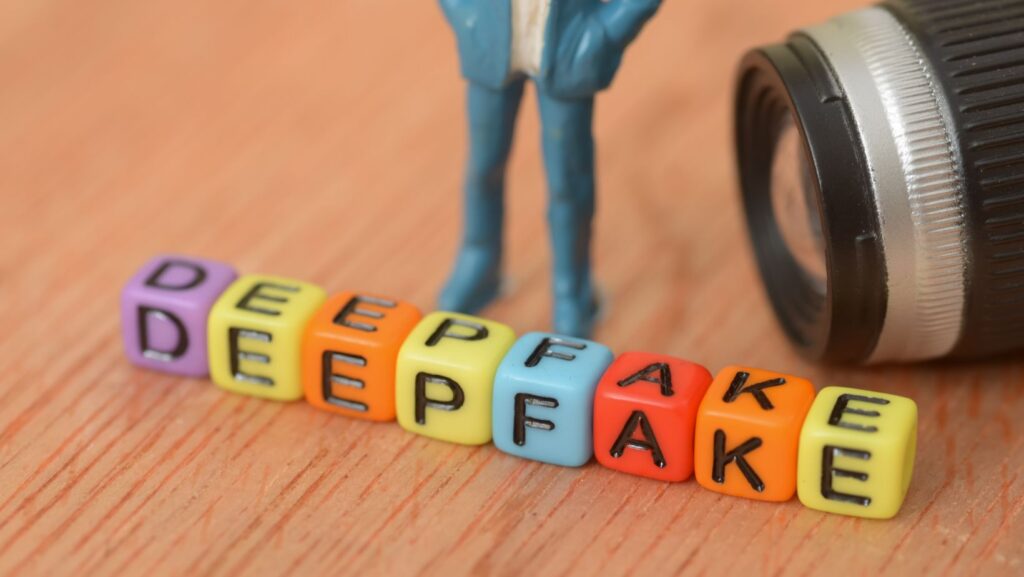One day, it’s serving up jaw-dropping visual effects in megahit films; the other, it’s a peddler of scams and fake news.
AI wizardry is transforming everything we know about media and making it hard to differentiate between fiction and reality. While the tech is immensely groundbreaking, so are the consequences.
The Magic of Deepfakes in Entertainment
Hollywood leverages deepfake technology for visual storytelling. With AI visuals, filmmakers can de-age actors, breathe life into past figures, or carry on films even if an actor goes down. This will allow studios to have continuity in 30-50-year runs of ensemble franchises, where audiences can view things unbroken even when actors age out/minor actors have to be recast.
The Star Wars franchise used deepfake technology to restore vintage versions of its original characters, rejuvenating Princess Leia and Luke Skywalker. AI voices perform better, too, for dubbing and voiceovers, with greater realism. Instead of voice actors playing only a certain “type,” AI can generate the original actor’s voice in another language, such that all characteristics from intonation to pacing remain. A more natural “performance” is delivered, no matter the language and territory of the production.
Deepfake technology allows for experimental filmmaking, giving directors a space to evolve current narratives, scenarios, and representations, create situations drawing from their imagination and fullest creativity, and achieve a vision never seen on the silver screen.
The Dark Side: Misinformation and Scams
But deepfakes aren’t just harmless; they’re also dangerous. They’ve been weaponized to spread misinformation and swing public opinion.

Political deepfakes, for example, may depict prominent leaders uttering words they never actually mouthed, causing widespread disarray or havoc. These fictitious videos can affect the outcome of elections, unleash torrents of propaganda, and foster international discord, meaning they literally threaten the well-being of the planet.
Fraudsters quickly put this tech to use, too. Deepfake audio recordings, for example, have been weaponized by criminals posing as CEOs to convince company employees to transfer large amounts of money. In one illicit transaction, cyber predators duped a bank CEO into sending $35 million via deepfake voice synthesis. Criminals are also using AI-generated video content to commit identity theft and extortion. Here, frighteningly accurate deepfakes blur the lines between what’s real and what’s an illusion. Cybercrime victims usually suffer financially and personally from these modern capers, too.
As more and more ultra-believable fake media is seeded across social media, the line between reality and fiction continues to blur. Viral deepfakes developed in a matter of hours can exploit millions of viewers and advance lies more quickly than support resources can be produced. Even deep-pocketed big tech companies are struggling to curb the spread of deepfake misinformation despite the recent investment in deepfake detection algorithms and content moderators. Fake media creators have only gotten better at their craft and are now working around the clock to one-up propaganda filters.
Protecting Yourself from Deepfake Deception
Deepfake technology is rapidly growing. And so should our ability to catch and combat it. Here are some ways to help spot deepfake scams:

- Check the source: Be cautious of photos or videos from unknown sources or sources with a bad reputation.
- Seek out inconsistencies: Deepfakes can show unnatural movements, like uncoordinated eye-tracking or altered physical attributions.
- Use deepfake cross-checkers: Several AI-fueled platforms allow users to gauge and score deepfake content.
- Keep learning: The more you know, the safer you are. Learning about how deepfakes work can prevent falling victim to scammers.
The Future of Deepfakes: A Balance Between Innovation and Ethics
Deepfakes are here to stay. While exciting and boundary-pushing, we can’t ignore the potential ethical implications spawned by this new technology.
The team on https://bestcreator.com website explores the boundaries of AI-powered creation further while encouraging respect for new technology. It’s a difficult tightrope to walk, fostering a spirit of invention while stymieing bad actors and ensuring deepfakes are ultimately used for good.
The future is murky and heavily dependent on legislation, education, and respect. If we keep the checks and balances in working order, deepfakes can exist as a tool for creativity rather than a blight of society.
Final Thoughts
Deepfake technology is a fact. It can bring magical visuals to your screen, but it can also be a catalyst for spreading misinformation and criminal activities. With AI technology continuing to grow, it is the responsibility of the creator, the consumer, or the governing bodies to exercise this marvelous technology rather than abuse it.


